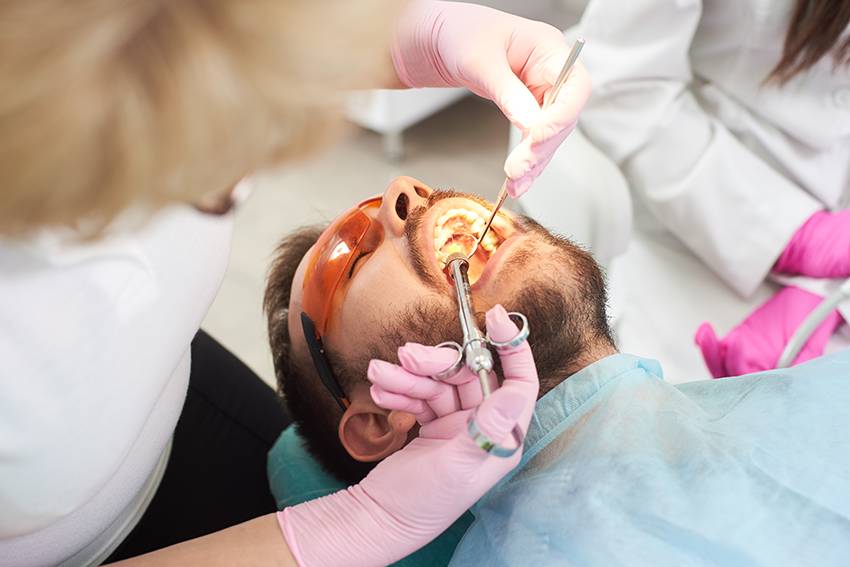Dental procedures can be painful, but anesthesia can help alleviate the discomfort. There are different types of dental anesthesia that dental professionals use depending on the procedure and the patient’s needs. In this blog post, we’ll discuss the different types of dental anesthesia and how they work.
Local Anesthesia
Local anesthesia is the most common type of dental anesthesia. It numbs the specific area where the dental procedure will take place. The anesthesia is usually administered via injection, and the effects can last up to a few hours. Local anesthesia is used for minor procedures such as cavity fillings and extractions.
Nitrous Oxide
Nitrous oxide, also known as laughing gas, is a type of sedation used for patients with mild anxiety or fear of dental procedures. The gas is inhaled through a mask and produces a feeling of relaxation and euphoria. The effects wear off quickly, and patients can resume their normal activities soon after the procedure.
Oral Sedation
Oral sedation is a type of sedation that is taken in pill form. It produces a calming effect and can be used for patients with moderate anxiety. Patients will need to have someone drive them to and from the dental appointment as the effects can last for several hours.
General Anesthesia
General anesthesia is a type of sedation used for patients with severe anxiety or for extensive dental procedures. It puts the patient to sleep, and the effects can last for several hours. General anesthesia is administered by an anesthesiologist and requires monitoring of the patient’s vital signs throughout the procedure.
Conclusion: In conclusion, dental anesthesia can help alleviate the pain and discomfort associated with dental procedures. The different types of dental anesthesia, including local anesthesia, nitrous oxide, oral sedation, and general anesthesia, are used depending on the procedure and the patient’s needs. Consult with a dental professional to determine which type of anesthesia is appropriate for your dental procedure.



